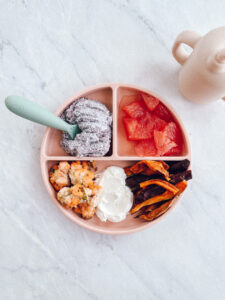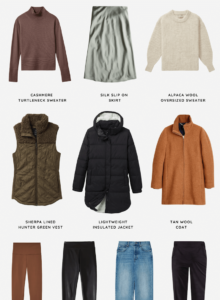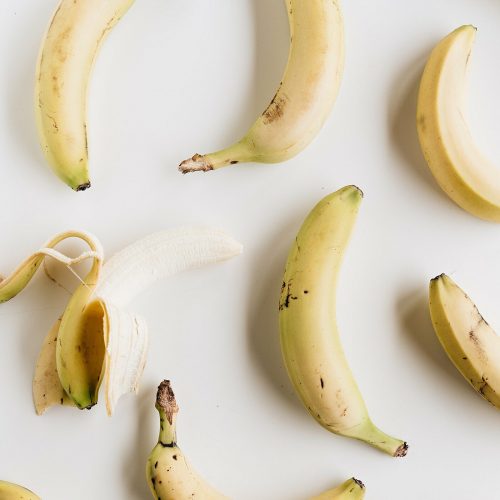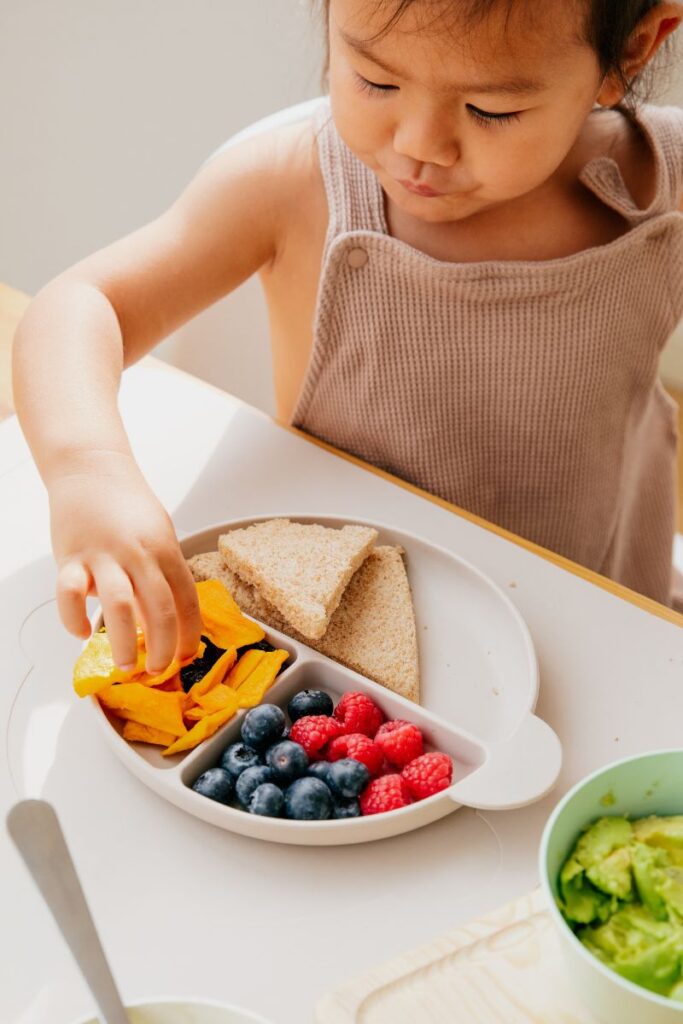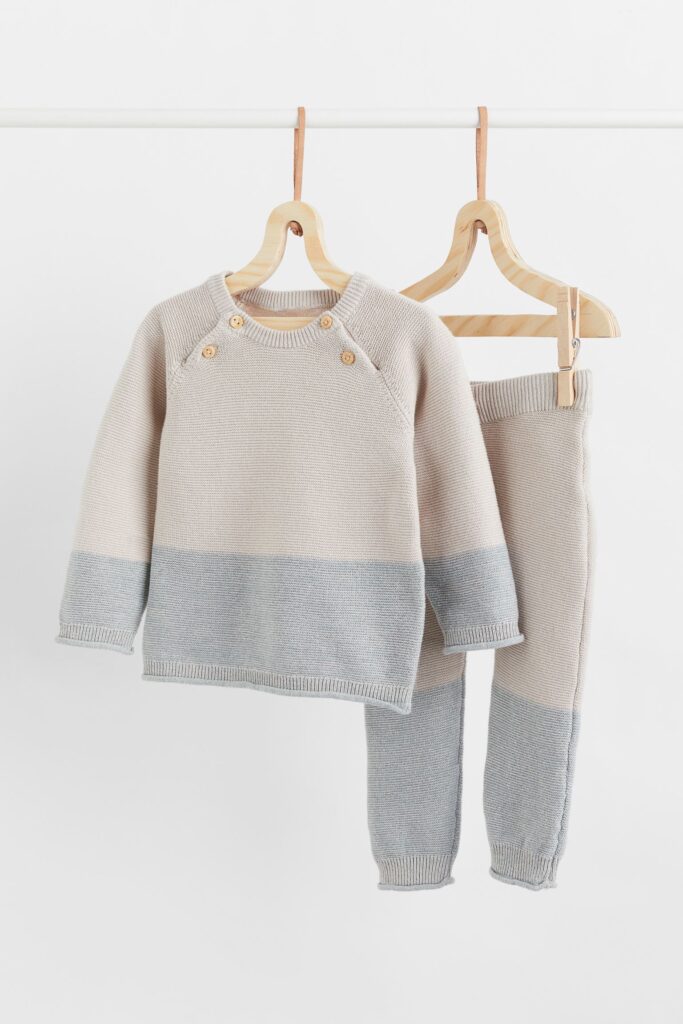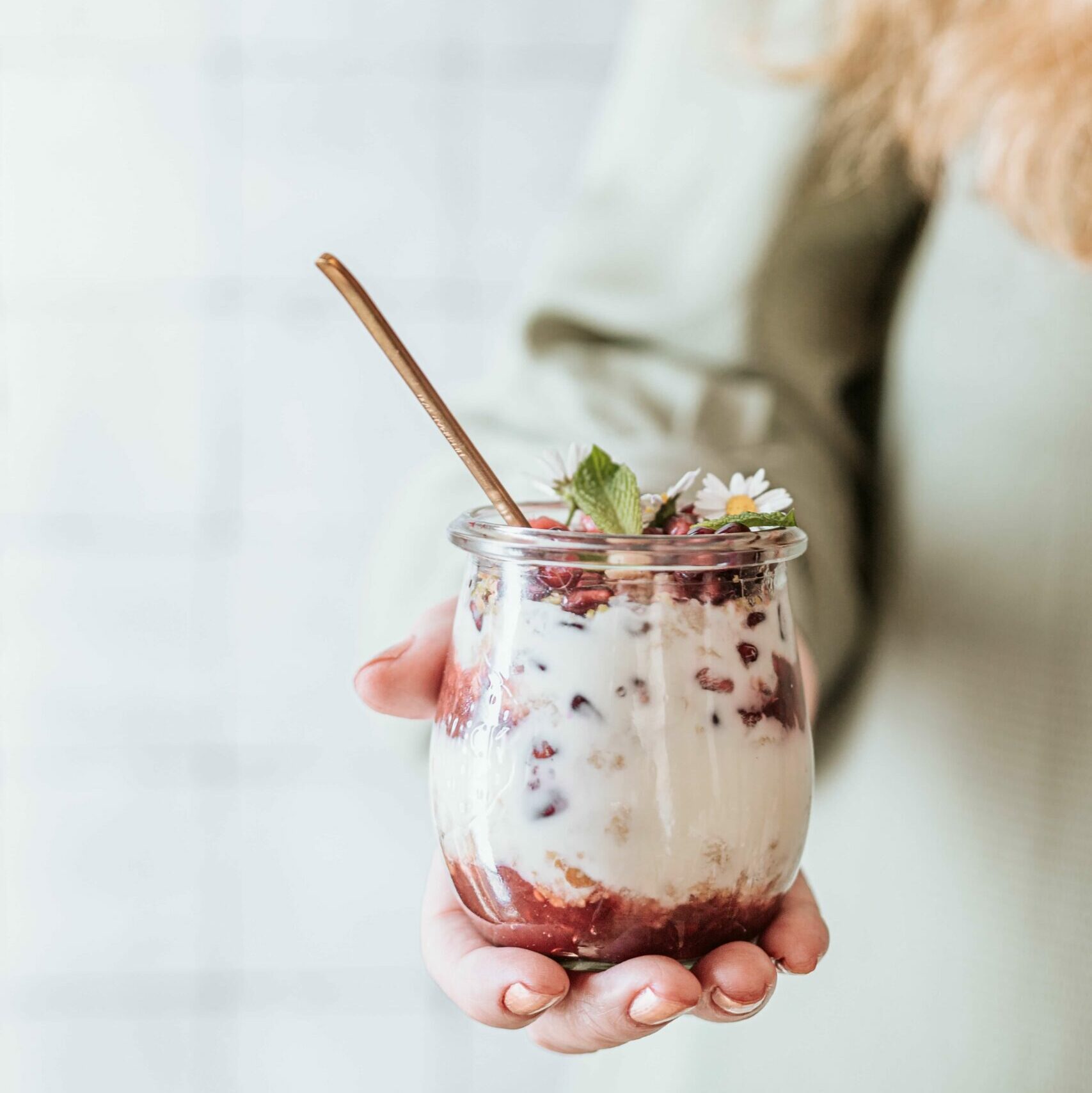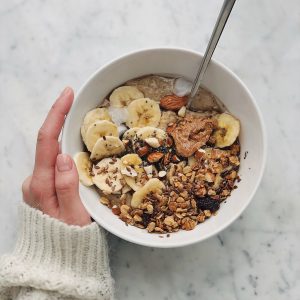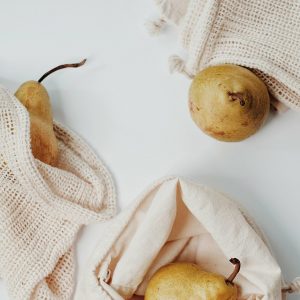If you are gearing up for the introduction of solid foods with your baby, this comprehensive guide to understanding BLW at 6 Months will help you feel prepared and excited to tackle this baby-led feeding method with the guidance of an experienced registered dietitian.

BLW At 6 Months
The introduction of solid foods for your baby is an exciting milestone, but it can also come with a lot of uncertainty about how to get started. While there are a few different approaches to starting solids with babies, Baby-Led Weaning (BLW) is an approach that encourages self-feeding and exploration from the start.
When you first start solids with your baby your focus should be about exploration, exposure, and prioritizing the nutrients babies need at six months.
After speaking with your child’s pediatrician and getting the go-ahead to begin solids, you can begin by providing a small amount of food once a day and slowly increase the amount you serve to follow your baby’s lead. These first foods can be in the form of soft and squishable finger foods or purees since ALL textures are essential for babies to explore.
While some babies will take to solids quickly and will visually show you that they are ready for more food, others may be a little slow to warm up and that is completely ok.
Trust your baby and try to approach starting solids without a lot of stress or specific expectations. Over the next few months, most babies will begin to get the hand of solids.

Signs of Readiness for Starting Solids
Previously, the recommendation was to begin starting solids in the form of smooth pureed foods at around 4 months of age. We now however understand that it is essential for babies to show signs of readiness before starting solids, both from a safety perspective and to ensure that solid foods do not replace important nutrients found in breastmilk and infant formula too soon.
Interestingly, around the six-month mark, a baby’s iron stores from utero begin to become depleted requiring additional iron intake beyond breastmilk or formula.
Around this same time, a baby’s ability to sit and hold their head up without wobbling, as well as improved hand-eye coordination also develops. Combined these signs of readiness make the general six-month time frame an ideal time for beginning solids.
Today, both the World Health Organization and the American Academy of Pediatrics recommend beginning solids around six months of age.
It is still important not to just blindly use the six-month mark as a time to begin solids. Instead, somewhere between 5-7 months start looking for the signs of readiness below. Once you begin to feel confident in your baby’s ability to start solids safely you can speak with your health care provider about beginning.
- Good Head and Neck Control: Your baby should be able to hold their head up and steady.
- Can Sit Mostly Unsupported: Your baby should be able to sit up mostly unsupported without a lot of leaning and wobbling. This shows they have the trunk strength needed to sit upright.
- Hand, Eye Coordination: Your baby should be starting to pick up toys and other objects and be able to bring them to their mouth, which is essential to aid in self-feeding.
- Shows An Interest In Food: While this sign of readiness isn’t essential, it is a bonus as it will most likely make feeding your little one solid foods a lot easier.

Spoon Feeding vs. BLW at 6 Months
The BLW approach to introducing solids focuses on providing the baby with safely cut and prepared new foods for the baby to explore while taking a baby-led feeding approach.
This BLW method is contrary to prior spoon-feeding methods where the caregiver would have most of the control over what, when, and how much food would go into a baby’s mouth.
The BLW approach, however, recommends against forced spoon feeding which limits the baby’s involvement in the feeding process and instead provides the baby with autonomy around what goes into their mouth, when, and how much.
This involvement in the feeding process helps babies explore foods with their hands and mouths and allows the baby to have full control over when they want to eat and when they want to stop.
Preparing To Begin BLW at 6 Months
The following are some good steps to help you feel prepared and ready to get started offering solids once your baby is ready to begin:
- Get a highchair that provides your baby with safe support for eating. Ideally, the highchair will provide a footrest for your baby to support their feet, and the backrest would be adjustable to fit your baby’s current size and grow with your baby.
- Ensure that your baby is meeting the signs of readiness for starting solids above. This will ensure that it is safe to begin feeding your baby solids. If you’re unsure if your baby is ready to begin starting solids you can always have your pediatrician assess them before beginning solids at their six-month check-up.
- Create a plan to offer food once a day to start, and slowly increase by following your baby’s lead. You do not need to introduce only one food at a time, but I do recommend introducing only one allergen at a time and trying to not introduce new foods when you are trialing an allergen exposure so that you can definitively know if your baby is having an allergic response to a major allergen.
- Educate yourself and any caregivers who will be feeding your baby on the safe shapes and textures for feeding baby. The solids starts app is a great free resource that caregivers can use to check how to serve foods safely at different stages. This step is essential for calming anxiety around the safety of starting solids and is important since your baby needs a calm and happy caregiver to encourage their feeding journey.
- Purchase a small open cup and a small straw cup for practicing offering water to your baby. Skip the sippy cup, and opt for one of these cups that allow babies to practice mastering drinking from a cup or straw.
- Know the difference between gagging and choking: When learning how to eat solid foods it is completely normal and natural for a baby to gag. Their gag reflex is actually a protective measure against choking and is very strong in babies. While watching your baby gag can be stressful it is important to know the difference between gagging and choking, as gagging is not something you need to intervene with. When a baby is gagging they will most likely be making gagging noises, turn red, open mouth and thrust tongue forward, and may even vomit. Gagging is full of sounds, unlike choking which is often silent and will require immediate attention.
- Take a CPR refresher: Anyone who is feeding children (and really anyone in general) should know how to help a choking baby or child and provide CPR if necessary. Tinyhood has an excellent class that covers infant and children CPR and choking and is virtual so it can easily be watched and shared with family members.

BLW at 6 Months: Feeding Schedule
At six months, the goal for starting solids should be to start exposing your baby to a wide variety of foods. At this point, all babies will take to solids at a different pace, and during the first 6-8 months your main goal should be about exposure.
At first, your baby may not consume a lot of the solid foods you offer. Instead, they may explore these new foods and textures with their hands. They may take small tastes, lick, and spit out the foods you offer, all of which are very normal, and how your baby is learning to safely navigate food in their mouth.
At one year 80% of your infant’s nutritional needs will still be met by breastmilk or formula, which counters the misconception that starting solids should immediately replace breastmilk or formula feeds.
The reality is that up until your baby’s first birthday, solids are more of an addition to your infant’s daily breastmilk/formula needs than a replacement. This should hopefully take some of the pressure off those early days of starting solids when your baby’s main job is just to taste, touch, and explore different textures and foods.
The following would be a typical BLW at 6 Months Feeding Schedule:
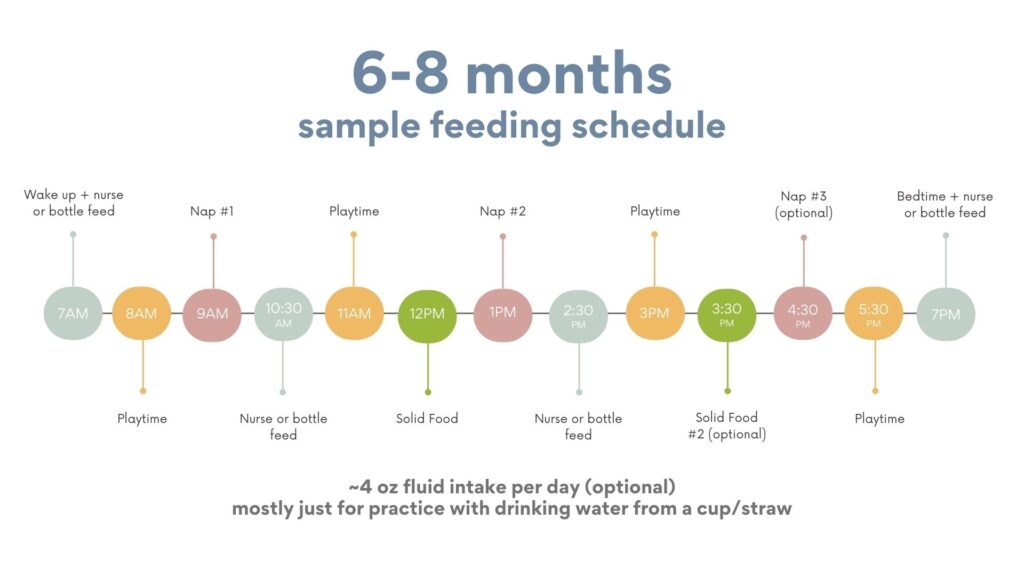
How To Introduce Finger Foods Safely
- Offer Appropriate Food Size and Texture: Cut food into long, thin strips about the size of two adult fingers. Food should be soft and squishable between your thumb and index finger or should be cooked to a soft and squishable texture. You want finger foods to pass this “squish test” because your baby will need to be able to mash the food between their gums before swallowing.
- Avoid Common Choking Hazards: Stay away from hard, round foods like whole grapes or nuts that can pose a choking risk. Cook or steam hard vegetables and fruits until they are soft and easily squishable.
- Supervise Mealtime: Always be present and attentive during your baby’s mealtimes to ensure their safety and offer assistance if needed. It’s also important to limit distractions so avoid having any toys or electronics around your baby during mealtime.
- Avoid Forced Feeding: When a baby has control over when something goes into their mouth, their brain is more prepared to know how to handle the food. This helps improve the safety of eating and is one of the many reasons why we do not recommend forced spoon feeding for BLW at 6 months. Instead, if you would like to offer some purees or mashed foods simply pre-load a spoon and offer it to your baby. Your baby will most likely reach out for the spoon and guide it into their own mouth.
- Avoid Putting Your Fingers In Baby’s Mouth: If you ever feel your baby has put too large of a piece of food in their mouth or something unsafe, it is also best to try to coach them to spit it out by opening your mouth and sticking out your tongue. You can also tilt their head down while coaching them. Ideally, avoid putting your fingers into their mouth as it could unintentionally cause the object to go further back into the mouth and create a more dangerous situation. If you need to put your finger into your baby’s mouth curve your finger like a hook and try sweeping around the mouth to avoid pushing the object.
How To Cut Foods For BLW at 6 Months
When preparing foods for BLW at 6 months food should always meet the following safety checks before serving:
- Food should be soft and squishable or completely resistant to breaking like a mango pit or rib. Resistive foods like a mango pit can help a baby map their mouth and aid in their chewing skills — they also make excellent teethers for sore gums! Even if your baby does not have any teeth yet their gums are strong, and as long as foods have been cooked to a squishable texture, your baby will be able to squish the food between their gums as they practice chewing.
- Pureed foods can also be given during the early stages of starting solids. To help baby advance their eating skills while consuming purees try offers pre-loaded spoons for baby to self-feed, and aim to move beyond purees by 8 months.
- At 6 months babies are developing their fine motor skills and do not have their pincer grasp yet. Instead, babies will grasp food and objects in their palms like a fist. While babies have their palmer grasp it is best to cut soft, squishable foods into wide stick shapes to aid in self-feeding. Cutting foods to the length and width of two adult fingers is a good guideline to follow.
- Follow food safety guidelines for preparing. All food should be washed well and cooked to a well-done internal temperature before serving to baby.
- Dip In Nutrient Boosters: Some foods like avocado or mango spears can be slippery for babies to hold. Instead try rolling them in something like ground flax or infant-fortified oatmeal, which will make them easier to grasp and will add a little more nutrients to your baby’s small servings in the beginning.
Does BLW at 6 Months Increase Risk of Choking?
Whether you are choosing to do BLW at 6 months with your baby, spoonfeeding, or a mix of both, knowing how to serve foods safely and understanding the risks of choking (both food related and non-food-related) are essential. Choking is a very scary thought for any parent or caregiver and one that most new parents express being fearful of.
As a mom of two, I completely understand the fear of choking when starting solids. I also know from professional experience that the earlier a baby is exposed to a wide variety of safe foods and textures for baby-led feeding, the better their independent feeding and chewing skills become. We now have research to show that baby led weaning does not increase the risk of choking.
Ultimately whether beginning with a baby-led feeding approach to starting solids or purees, the most protective way to prevent choking in infants and small children is to ensure that they are seated, always monitored by an adult, and avoid common choking hazard foods.
Foods To Avoid When Starting Solids
When starting solids it is a great idea to have an understanding of what foods are the highest choking hazards and should be avoided. Sharing this list with any caregiver or provider who may be feeding your child is also a great idea!

Essential Nutrients Your Baby Needs At Six Months
While solid foods don’t start replacing breast milk or infant formula feeds for the first year of life, the nutrients found in solid foods (specifically iron) are essential for your baby’s growth and development.
Some essential nutrients to prioritize in solid foods for your baby are foods that are high in:
- Iron (heme and non-heme sources): Between 6-12 months babies need 11 mg of iron a day, that’s more than a grown adult man! From 6-12 months your baby will have some of their highest iron needs, as the iron stores they received in-utero from the baby’s mother begin to diminish. Heme sources of iron are found in animal products and are much better absorbed while non-heme sources are found in plant-based foods and aren’t as readily absorbed by our bodies. To help increase the absorption of iron from both heme and non-heme sources, include vitamin C-rich foods whenever you serve an iron-rich food.
- Omega-3 fatty acids: Omega-3 fatty acids are essential, which means that we do not produce them and need to consume them through food. During the first two years, a baby’s brain grows rapidly, which makes omega-3 fatty acids important to consume as they help support brain development, cell health, cognitive function, and eye health. 0.5g/day is ideal for babies 0-12 months or about 1-2 servings of omega-3 rich fish per week.
- Vitamin C: Vitamin C is an antioxidant that has many rolls, but specifically when it comes to infants we love how vitamin C can help increase the absorption of iron. By including a vitamin C rich food with an iron rich food you can maximize the potential iron absorbed.
- Zinc: Zinc has many roles in the body, but for babies it is particularly important to help support their young and immature immune systems, as well as aid in protein and DNA development. Zinc can be found in pumpkin seeds, egg yolks, red meat, and beans.
- Vitamin D: Vitamin D will most often require supplementation up until age one. This can either be in the form of infant vitamin D drops (I personally use this brand with my babies), or a breastfeeding mother can increase her own supplementation of vitamin D to roughly 4000 IU to enrich her breastmilk adequately for her infant.

Best First Foods for BLW at 6 Months
- Grass Fed Bison: One of the highest sources of iron, bison is an excellent first food for baby.
- Bone Broth: Rich in nutrients, and amazing for supporting the gut lining and a healthy gut, sips of bone broth are an incredible first food for baby.
- Salmon: High in omega-3 fatty acids and iron, salmon is an excellent first food for BLW at 6 months
- Sardines: Sardines are very soft and excellent sources of iron, omega-3 fatty acids, and calcium which may them an ideal first food. Just make sure to purchase unsalted sardines, since salted sardines contain a lot of sodium, To serve you can mash the sardines with some avocado for a
- Strawberries: High in vitamin C strawberries are great for pairing with iron-rich foods. Opt for large strawberries that are ripe and squishable. Allow baby to gnaw on the whole strawberry until it becomes too small and then replace with a new strawberry.
- Mango: High in vitamin C mangos are excellent for pairing with iron-rich foods, and mango pits are the perfect resistive food for babies to use to map their mouth. Mango pits are also amazing for soothing sore gums for teething babies!
- Sweet Potatoes: Serve mashed or cooked and cut into wedges for baby to gnaw on as an ideal first veggie.
- Tahini: Blended into hummus or oatmeal, or served spread thin on toast.
- Dark Poultry Meat: Cooked and shredded or finely chopped, poultry provides a good source of iron.
- Legumes: Mashed or cooked legumes like lentils, chickpeas, or black beans offer a plant-based iron option.
- Broccoli: Steam or lightly cook broccoli florets until they are soft and easy to chew.
- Prunes/Pears: Pureed or soft and cooked prunes or pears can aid in relieving constipation, which is very common for babies when they first start solids.
- Nut Butters: Nut butters are an excellent way to expose babies to some of the common allergens. Simply dilute smooth nut butter with water and mix it into foods like apple sauce, yogurt, or oatmeal.
Read more about the best baby led weaning foods for starting solids and introducing a wide variety of tastes, textures, and essential nutrients.
How To Introduce Common Food Allergens for BLW at 6 Months
Knowing the signs of allergic reactions is an essential safety step to take before beginning solids with your baby. While most babies will not experience a life-threatening food allergy, it still is important for caregivers to know the most common food allergies and signs of an allergic reaction taking place.
Since research now shows that early and consistent introduction of allergenic foods can actually be preventative against food allergies, caregivers can and should begin introducing the most common allergens when baby begins solids (with the approval of your health care provider).
When introducing potential allergenic foods, it’s important to do so one at a time and monitor your baby for any adverse reactions. Start with just 1/8 of a tsp quantity and slowly increase the amount each time you offer the allergen to your baby.
It’s best to introduce new common allergen foods at home and during a time of day when your child can be monitored for 2 hours after eating. While most allergic reactions will occur within the first 15 minutes of consumption, some can take up to a few hours to present.
After you have exposed your baby to an allergen 3 or more times you can feel confident that they are safe to consume the food. It is however important that you continue to expose your child to all of the major allergens as allergies can develop overtime.
While some people will introduce one new allergen a day, I personally prefer and recommend introducing one new allergen per week, slowly increasing the amount you are serving your child each day and monitoring for both allergic responses as well as any GI discomfort.
You can begin with any allergen you like, but I prefer to start with the allergens you feel that your child will be most likely to be exposed to or that are consumed in your family food culture.
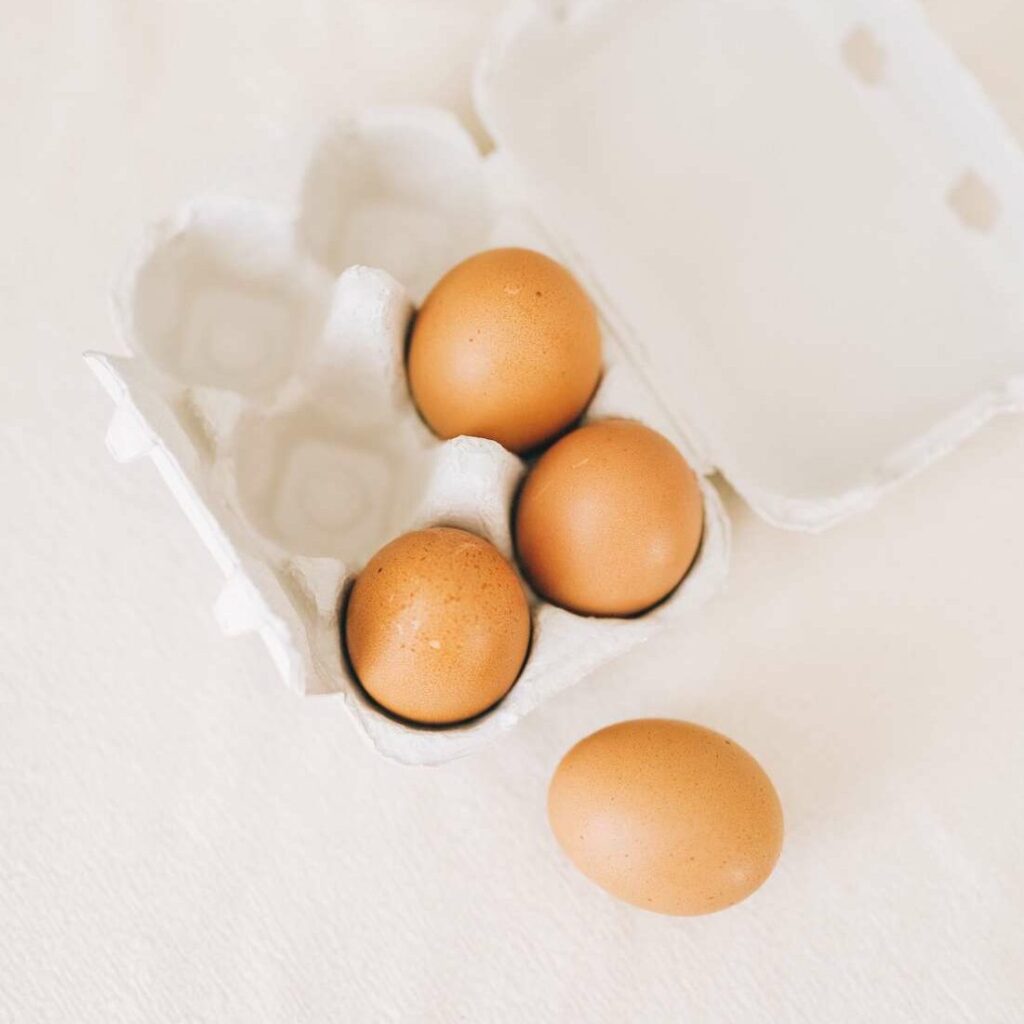
The following are the top allergens in the United States:
- Eggs: Eggs should be fully cooked when serving to infants. I personally recommend beginning with the egg yolk, which contains most of the important nutrients infants need, and if well tolerated moving on to serving the egg white. In the case of egg allergies, often the egg white is what children react to.
- Soy: Soy is found in many products and is one of the most common food allergens. When introducing soy, start small and work your way up over a few days to ensure tolerance, monitoring for any reactions.
- Peanuts: Peanuts are technically a legume and are one of the more common food allergens in the USA. When introducing peanuts, the best way is to dilute a small amount of peanut butter with breastmilk, formula, or water. You could also mix some thinned peanut butter in with a puree such as apple sauce.
- Tree Nuts: Tree nuts include almonds, walnuts, cashews, pistachios, brazil nuts, pecans, hazelnut, macadamia, and pine nuts. It’s important to introduce all tree nuts individually over time as often children will show allergic responses to specific tree nuts.
- Fish: Finned fish are one of the top allergens and should be introduced slowly and monitored for any adverse reactions. I like to choose a fish like salmon, which has such an amazing nutrient profile for infants.
- Shellfish: Shellfish should always be cooked well and never given to an infant in their raw form. Shellfish are also a major choking risk so make sure to chop up the shellfish into very small pieces and never in the shape of a round circle.
- Wheat: Whole wheat products can be introduced gradually, starting with small amounts and observing for any reactions.
- Cow’s Milk: Cow’s milk is a common food allergen also known as cow’s milk protein allergy (CMPA). Babies who are found to have CMPA need to avoid it entirely until they outgrow the allergy, which often can happen around one year. When introducing dairy, I personally recommend following the dairy ladder below to ensure a baby is tolerating dairy products well as dairy can commonly cause GI upset in infants.
- Sesame: Sesame has become a more common allergen and is found in a lot of foods so it is absolutely worth trialing. If your baby can eat sesame it is an excellent source of non-heme iron and can easily be served to babies in the form of tahini (blended sesame) and mixed into foods like hummus or served thinned in oatmeal.
Starting BLW at 6 months is an exciting journey for both you and your little one. Pay attention to the signs of readiness, prioritize choking safety, and introduce a variety of iron-rich first foods to support their growth and development.
Remember to introduce allergenic foods cautiously, one at a time, and monitor your baby for any adverse reactions. With patience, guidance, and nutritious choices, baby-led weaning can foster a positive relationship with food and lay the foundation for a lifetime of healthy eating habits.




